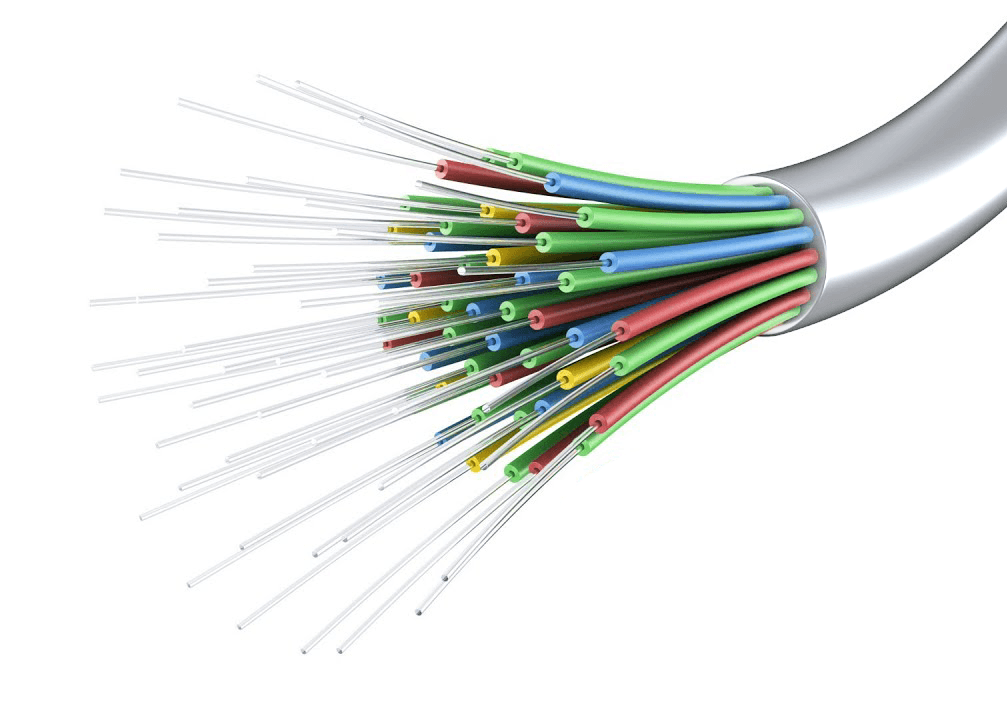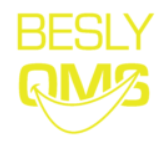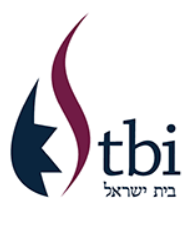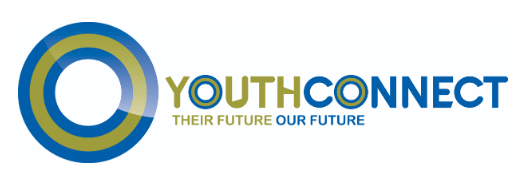Fibre Optic Connection
fast. stable. reliable

Check Availability
Connection POWERED BY AAPT
Dedicated Connection
Dedicated connection direct to your building or suite for a fast and reliable internet.
HD Communication
Fibre Optics support a crystal clear VoIP connection and HD Video Conferencing
Network Security
Fibre-Optic cables are near impossible to breach, keeping your data and network safe.
Testimonials

Oral & Maxillofacial Surgery
“Dear Zillay & Asim,
Thanks so much for all your work and dedication that has made the IT transition such a pleasant experience for us.
Bill, Heidi + Linh”
Mr William Besly – The Epworth Centre
Oral & Maxillofacial Surgery

Temple Beth Israel
“Temple Beth Israel has developed a very positive and strong relationship with Real IT over the last two years. They worked hard to enhance our computer support and have provided us with discounted software which has been approved by Microsoft. Whenever we have a computer problem, the Real IT team is only a call away. They are responsive, friendly and feel like a part of our team here at TBI. This quality service is what I believe sets them apart from others.
I look forward to continuing this relationship for many years to come”
General Manager – Robyn Felman

Hall Concrete

Youth Connect
“Real IT has been our IT consultants and support for over 3 years. The service and support provided by Real IT has always been outstanding. They respond quickly and will always go the extra mile to find solutions to the ever increasing complex nature of keeping our IT infrastructure up to date and within budget.”
Danny Schwarz – CEO
Learning Hub
Page Summary
5 minute Read
- Businesses Require High Download and High Upload Speeds (Symmetric Connections)
- Cable connections are subject to slowing down during peak times as bandwidth is distributed among all users connected (including those outside a premises) to the same cable line
- DSL connections are generally too slow for businesses with high internet usage and the connection degrades as a business distance increases from the ISP’s physical location.
- Both DSL and Cable connections utilise copper to transmit data and are subject to electromagnetic interference (Radio Waves) from their external environment and can be effected by poor weather conditions resulting in slower speeds and an unreliable connection.
- Fibre is immune to electromagnetic interference, data loss over distance from ISP and bandwidth sharing – resulting in a fast, stable and reliable connection
Internet Connections for Business
As a business, Internet speed may not be your primary concern. If you’ve ever experienced your connection ‘slowing’ most of us will blame our ISP and we’ll wait till it either gets better OR tell everyone else to get off the internet. But what makes a connection slow in the first place? Are your ISP’s purposely slowing your connection?
Choosing the right connection
First things first – understanding what type of connection you have. Speed isn’t everything and there are primarily 3 different types of connections available with each catering to different needs. Knowing what connection you have Vs. what connection you need is a great place to start before deciding what connection meets your business requirements.
DSL
Digital Subscriber Line (DSL) is a Type of connection that transmits data via electric pulses over a telephone network using a copper telephone cable.
Pros
+ DSL Bandwidth is a dedicated connection
+ Not affected by Peak Time.
Cons
– Internet speeds are affected by distance from ISP
– Subject to Electromagnetic Interference
Speed
5-100 Mb/s
Fibre Optics
Data is transmitted through plastic or glass wires as light waves. Fiber-optic cables offer the most potential for high speed data transmission.
Pros
+ The Fastest Connection Available
+ Unaffected by Electromagnetic Interference
+ Not Affected by Distance from ISP
+ Not Affected by shared Bandwidth
Cons
– Only available in certain areas
– High Ticket Item
Speed
Up to 1000Mb/S
Cable
Type of connection that transmits data via electric pulses through a copper coaxial cable over the television network.
Pros
+ Faster than a DSL connection
+ Not affected by distance from ISP
Cons
– Shared bandwidth with neighbours using the same cable line (Results in slower speeds during peak time)
– Subject to Electromagnetic Interference
Speed
25-400 Mb/s
3 Reasons Why Fibre Internet Is a Must Have
For businesses that rely heavily on their internet connectivity for communicating with clients, increasing productivity and large data demands – Fibre Optic connections can provide many benefits that copper cables are simply unable to achieve. Here’s 3 reasons why it’s time to upgrade to the latest technology that connects your business to your clients.
1. Reliability
Fibre Optic connections don’t disappoint. Fibre-optics are immune to poor weather conditions which are able to damage and interfere with data transmission as seen in copper cabling. Unlike DSL and Coaxial Cable connections, Fibre is also resistant to electromagnetic interference and Radio Wave Interference as it transmits data via light and not electric currents. This provides an uninterrupted and stable connection as the integrity of the data is not affected.
Unplanned downtime can have very real costs to your business. Slow internet can hinder how effectively employees can execute their day to day tasks. With more businesses using Software as a Service (SaaS), Cloud Storage and VoIP, Fibre-optic connections can not only provide a reliable connection day in, day out but improve productivity through ultra fast speeds cutting down costs.There are already enough unexpected problems businesses have to face on a daily basis, don’t let your internet connection be one of them.
2. Latency
If you’re unfamilar with the term, latency refers to the delays that occur due to the transmission of data over a distance for an internet connection. Fibre-Optic Internet eliminates many latency issues that are encountered on copper connections. By reducing latency businesses can expect to gain:
- A Seamless connection and noticable clarity in voice for VoIP users (Eliminates Lag)
- Faster and larger uploads to cloud services without disruption
- Improved productivity and collaboration between staff
- High Quality and Uninterrupted streaming for Video Conferencing or Educational Training Videos
3. Security
Fibre-Optics offers a connection that’ll keep your data and network safe. Unlike wireless connections or copper lines, Fibre-Optic cables are near impossible to breach. This is because when fibre-optic cables are tapped, the cable leaks light causing the entire system to fail. The only way to penetrate a fibre-optic internet system is to physically cut the fibres themselves, resulting in the signal to disappear entirely. While upgrading to fibre won’t eliminate all future risks to your organization, it is an effective method for keeping your network protected.
Know What You're Paying For
When you pay for a connection you pay for two different speeds – Download and Upload. These two speeds are known as your Bandwidth which is really just a term that means the maximum speed your connection is capable of reaching. For example, if you have a 100:40 connection, your connection can reach a maximum download speed of 100Mb/s and a maximum upload speed of 40Mb/s.
Residential connections generally have High Download and Low upload speeds, known as an asymmetric connection. That’s because when you’re at home you’re downloading content from the internet via Facebook, Youtube, Netflix etc. and don’t typically need to upload anything.
As a business, it’s different. Video Conferencing, VoIP, Data Back Up, Cloud Services etc all require you to Upload data to the Internet. With low upload speeds, you’ll notice lag in video conferencing calls, lack of clarity for VoIP calls and files taking way too long to upload to cloud. Combine that with multiple people all using the same connection during business hours and you’ve got yourself a problem. This is why Businesses require ‘symmetric’ connections (High Download and High Upload Speeds) to cater to their data consumption needs and avoid their connection slowing down.
How to Beat a slow internet connection
Here’s the problem. If your team needs to send files over email, upload files to cloud services, make conference calls, back up data off premises and you’re using a cable connection then that may just be the issue. Cable connections share bandwidth with others using the same cable line – this means if there are businesses in your surrounding area using the same cable line as you, then your businesses’ connection is going to be impacted by their data consumption. If another business also has high upload requirements and they’re uploading data during the same hours as you, then the main cable line connecting your business to the Internet is going to be overwhelmed and you’ll feel the consequences in the form of slow internet.
There are two solutions to this. Increase your upload bandwidth or get a dedicated connection. Why pay for a connection and have someone elses actions effect yours?
If you choose to increase your bandwidth and stay with a cable connection, obviously you’ll have to pay more and the problem of sharing bandwidth still exists. As your business grows, the amount of data consumption increases and you’ll run into the same problem that prompted an upgrade in the first place.
